There's a certain magic that happens when a thick steak meets a scorching hot cast-iron skillet. The combination of intense heat and even cooking creates a perfectly seared steak, with a flavorful crust and a tender, juicy interior. To achieve that perfect balance of tenderness, flavor, and perfect sear, you need the right cut of meat and the right technique.
In this post, we'll explore the best cuts of steak to cook in a cast-iron skillet so you can achieve steakhouse-quality results at home.

Try my recipes for Reverse-Seared Beef Tenderloin, Seared Flat Iron Steak with Red Wine Marinade and Smoked and Reverse-Seared Tri-Tip.
Jump to:
Why Use a Cast-Iron Skillet?
A cast-iron skillet is the perfect pan for cooking a steak because of its ability to retain heat. When a steak comes in contact with the large, flat surface of a hot cast-iron skillet, the Maillard Reaction creates the tasty crust on the steak. For a really good sear that locks in the juices, the skillet needs to be piping hot, about 600°F.
The Best Cuts of Steak for Cast-Iron Cooking
The right cut of steak can make all the difference. Here are the top choices:
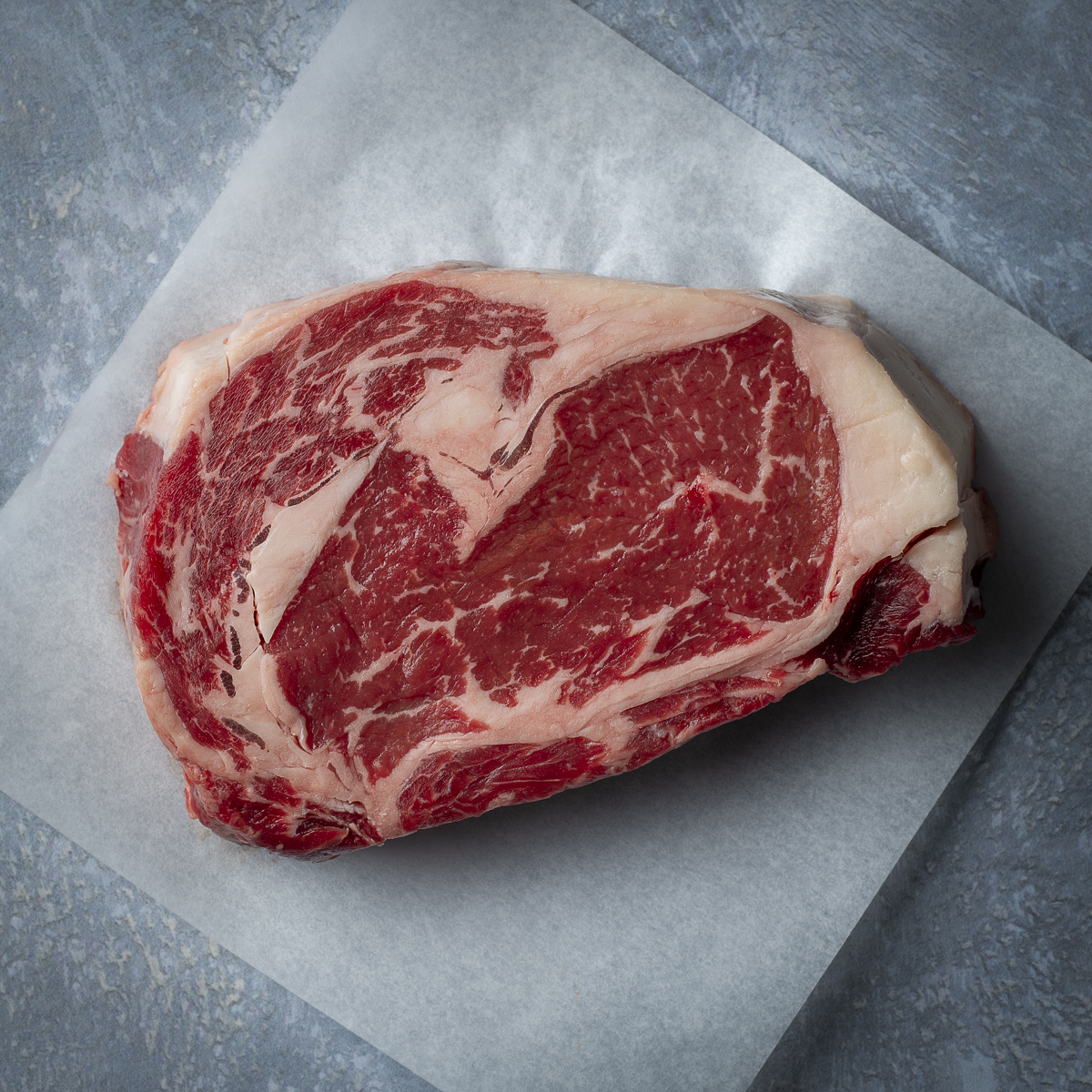
Ribeye Steak - A well-marbled ribeye steak is ideal for cast-iron cooking. It has the right amount of fat that renders beautifully in a hot skillet, creating a great steak with rich flavor.
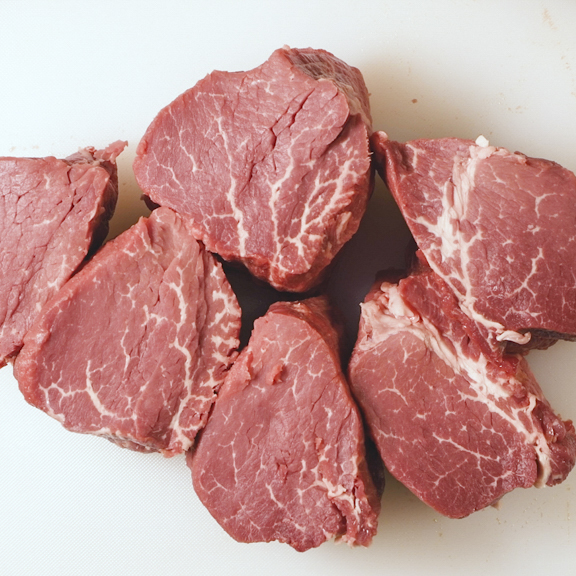
Filet Mignon - If you prefer a leaner steak, a filet mignon is a great choice. This cut of beef is incredibly tender and pairs well with herb butter or bearnaise sauce.
New York Strip Steak - This steakhouse staple steak is prized for its rich flavor. A thick-cut New York strip steak is terrific when seared in a cast-iron pan.

Bone-in Ribeye Steak - This cut is great in a cast-iron skillet if the bone is short like this steak.
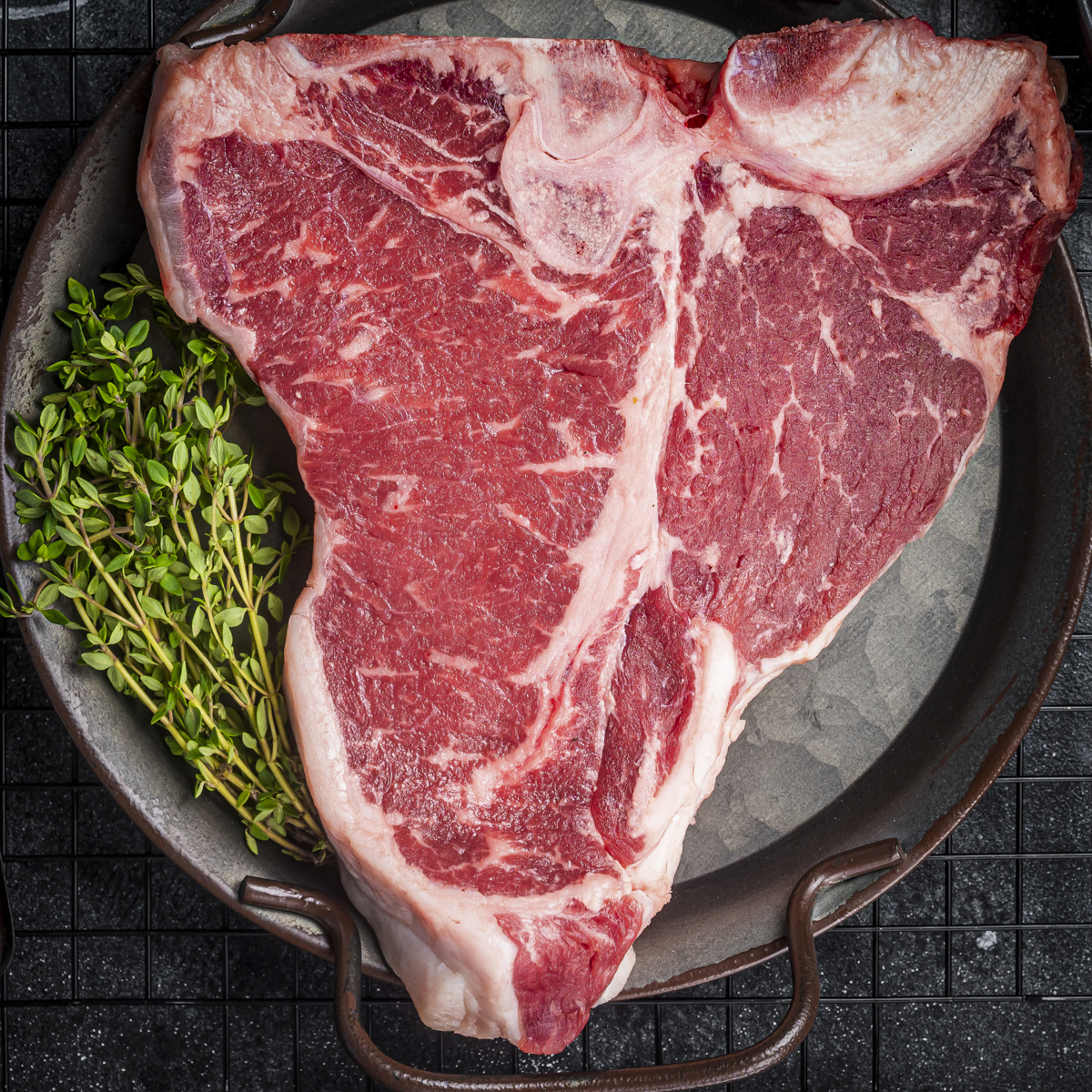
Porterhouse or T-Bone - While both of these steaks are typically cut thinner than a New York strip or filet mignon, they can be perfectly seared in cast iron. Keep in mind that steaks that are only about an inch thick need a little less time for the final sear.
Cuts That Are Not Good for Cooking in Cast Iron
Thin steaks like skirt steak or flank steak cook really fast in a hot skillet. If you are cooking one of these, stay put. There is no time to go get a beer.
Any steak that has been marinated is also not a good option for cooking in cast iron. A marinade made with wine, soy sauce or lemon juice can easily harm the seasoning on a cast-iron skillet. Unless your skillet is old and very well-seasoned, find another way to cook marinated meat. I like to cook marinated meat in my Kamado Joe on an inexpensive cast-iron griddle I don't care about. See my recipe for Flat Iron Steak for more on this.
A tomahawk steak is another poor choice for a cast-iron skillet. A tomahawk is a ribeye with a long bone attached. It just won't fit in a cast-iron skillet. You could have your butcher trim the bone (which defeats the purpose of buying a tomahawk in the first place), buy a bone-in ribeye (with a shorter bone) instead, or cook it on a cast-iron griddle in a barbecue.

It's easy to overcook a thin skirt steak in a hot skillet .
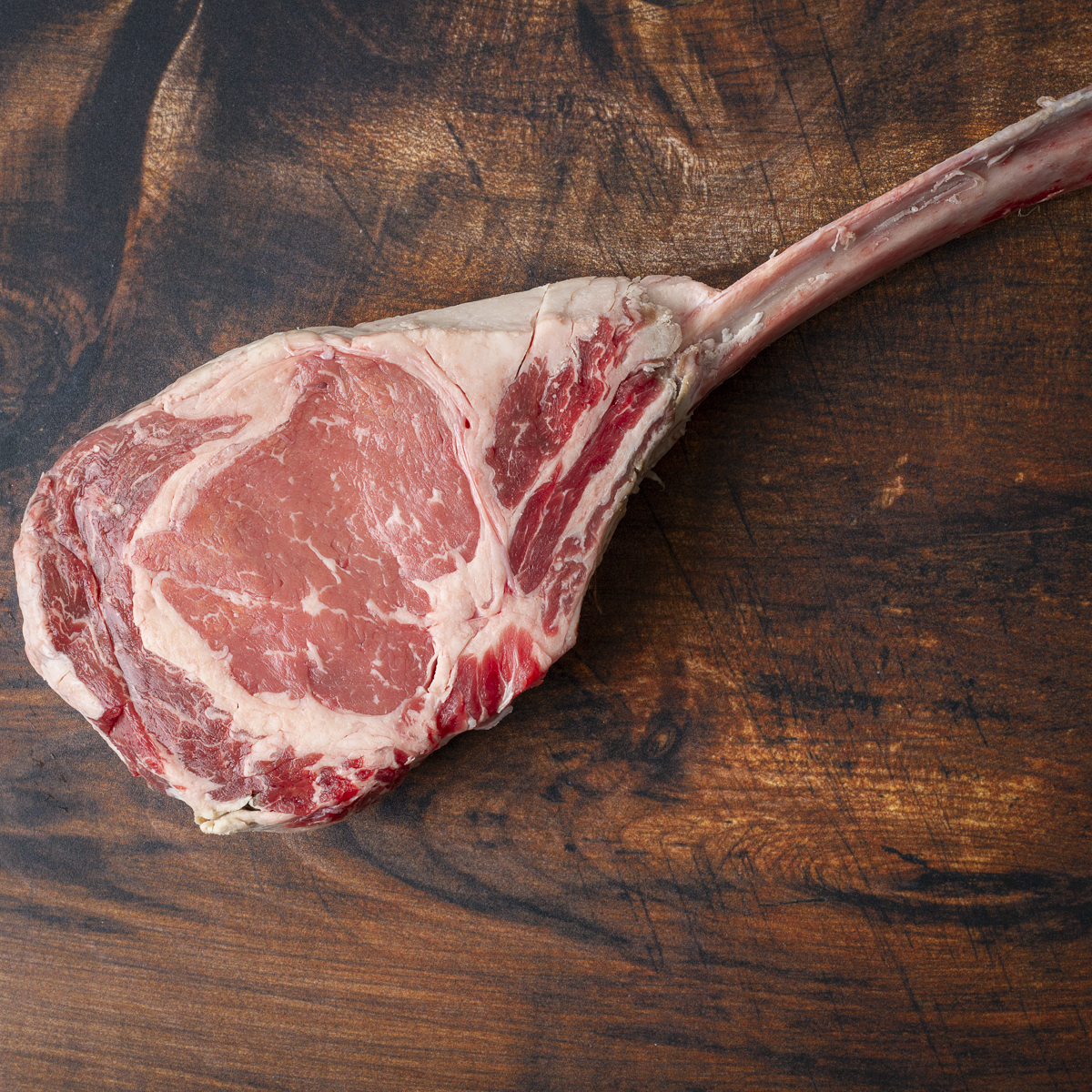
A tomahawk steak will not fit in most skillets.
The Reverse-Sear Method
The reverse sear method is a well-regarded as one of the best methods to attain a perfectly cooked medium-rare steak. By using the reverse sear method, you get precise control over the steak's doneness, ensuring a uniformly medium-rare steak without any variations in texture or color.
For many years, steaks were cooked over hot coals until done. The problem was that by the time the inside was done the outside was overdone. So, steakhouses started searing steaks briefly over very hot coals and then finished them in the oven at a much lower temperature like 250°F. That helped, but it wasn't perfect. Steaks were more evenly cooked and had less areas that were overdone, but they were dry. A steak that was served right out of the oven without resting would immediately lose all of its juice.
Along came the reverse-sear method that utilizes a two-step cooking process. The steak is initially cooked at a low temperature to gently and evenly heat it before resting then applying high heat for a brief sear at the end. The gradual low-temperature cooking in the beginning minimizes the risk of overcooking. The rest allows the juices to redistribute and the final sear adds a terrific crust with intense flavor thanks to the Maillard Reaction. The result is a flawless medium-rare steak every time and it works particularly well with a thick steak.
The initial low-heat portion of the cooking cycle can be done in a 200°F oven (like the ribeye pictured) or sous vide. If using a 200°F oven, it's important to let the steak rest for 8-10 minutes to let the juices redistribute resulting in a juicy steak.
How to Cook the Perfect Steak in a Cast-Iron Skillet
Prep the Steak
Take the steak out of the refrigerator and let it come up to room temperature before cooking. This ensures even cooking throughout the steak.
Pre-Heat the Skillet
Cast iron takes a long time to get heat up. The best way to do that is to place the skillet over medium-high heat or high heat, depending on the size of the burner, for about 15 minutes until it reaches 600°F. An inexpensive handheld laser thermometer works well for knowing when it's ready.
Pre-Cook the Steak
Start by cooking the steak in the oven at 200°F to an internal temperature of 105-108°F. This initial cooking step could also be done using the sous-vide method as mentioned above.
Rest the Steak
Remove the steak from the oven, place it on a cutting board, tent it with foil and let it rest for 8 minutes. By resting the steak before searing, it can be served immediately after searing without another rest.
Prepare the Steak for Searing
After resting, pat the steak dry with paper towels to remove excess moisture, which helps achieve a perfect sear. Rub the surface of the steak with a little oil, like canola, that has a high smoke point. This will help prevent the steak from sticking to the skillet.
Don't use melted butter to the bottom of the pan. The butter will just burn. Olive oil is also not a great choice because it has a lower smoke point than canola oil. Also, there is no need to pour the canola oil directly into the bottom of the skillet. A little bit of oil on the surface of the steak is all that is needed.
Season both sides of the steak with kosher salt and black pepper. A little garlic powder can also add flavor.
Sear the Steak
The final cooking time is very short. Place the steak in the hot pan and let it cook for 45-60 seconds, without moving, to develop a delicious crust. Flip the steak over and sear the other side for another 45-60 seconds. If the steak sticks, wait 10 seconds and try again. Use an instant-read meat thermometer to check the internal temperature for your desired level of doneness:
- Rare: 120-125°F
- Medium Rare: 130-135°F
- Medium: 140-145°F

Cook undisturbed for 45-60 seconds.
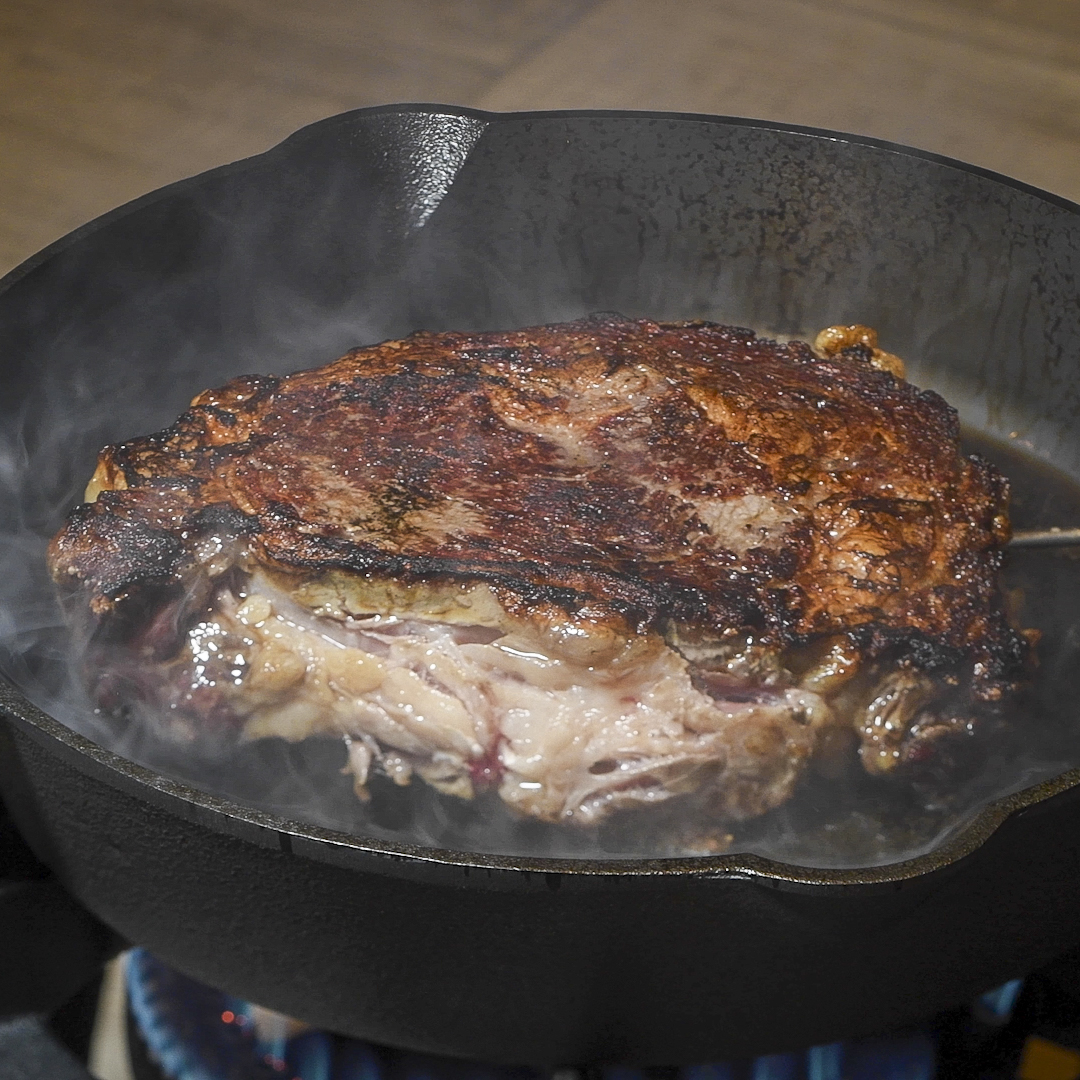
Turn the steak over and cook the other side for another 45-60 seconds.
Top the steak with a pat of butter and serve.
Top Tip
Use a well-seasoned cast-iron skillet for the best results and non-stick cooking. Use the reverse-sear method to create a perfectly cooked steak.
Final Thoughts
Cooking steak in a cast-iron skillet is a tried-and-true method for bringing out the best flavor and texture. The secret to a perfectly seared steak lies in choosing the right cut of meat, utilizing the reverse-sear method and finishing the steak in a blazing-hot cast-iron skillet. Whether you prefer the rich marbling of a ribeye, the lean tenderness of a filet mignon or the bold, beefy flavor of a New York strip, each cut of steak offers something special when seared to perfection in a well-seasoned cast-iron skillet. Enjoy!
Related
Looking for other recipes like this? Try these:
Pairing
These are my favorite dishes to serve with this recipe.



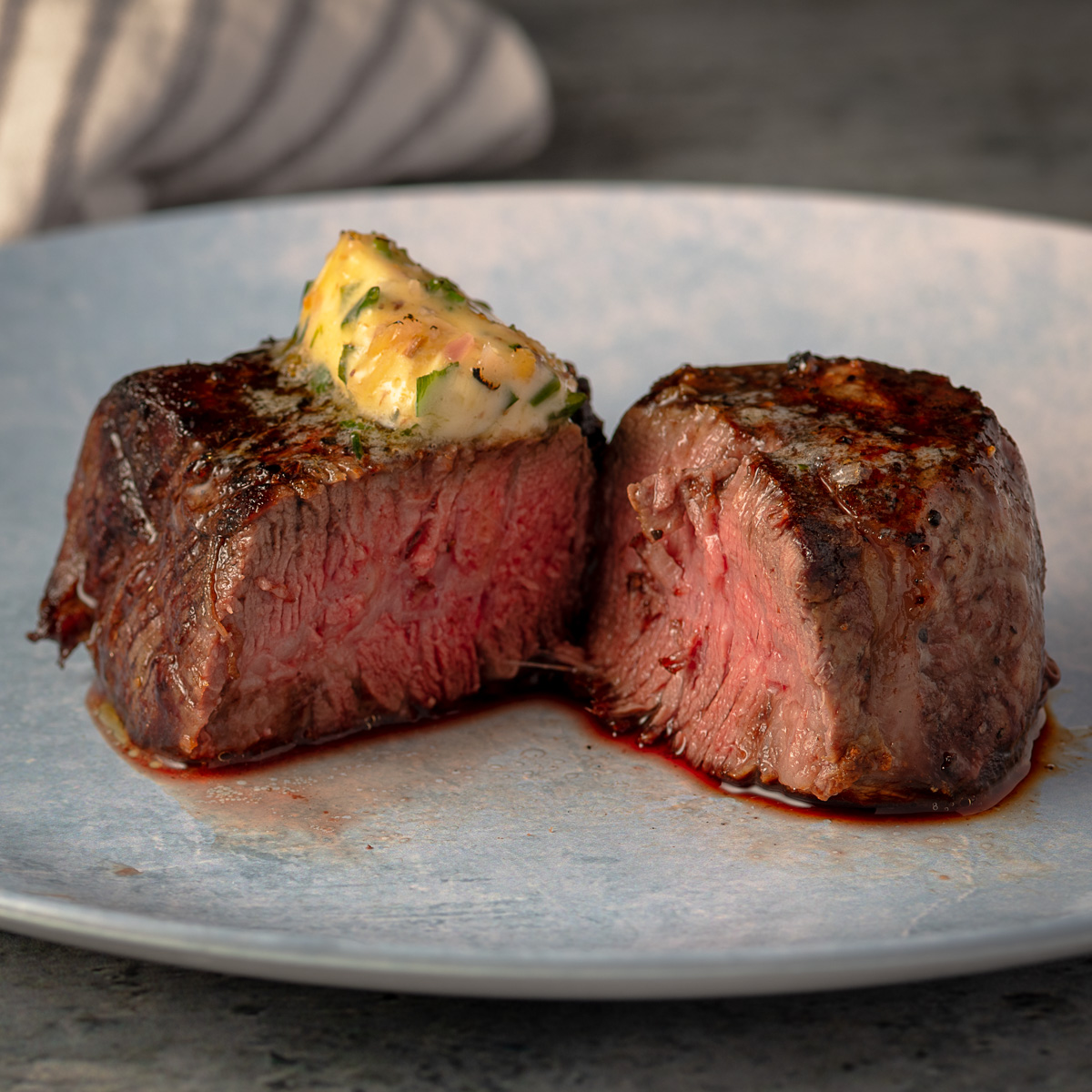

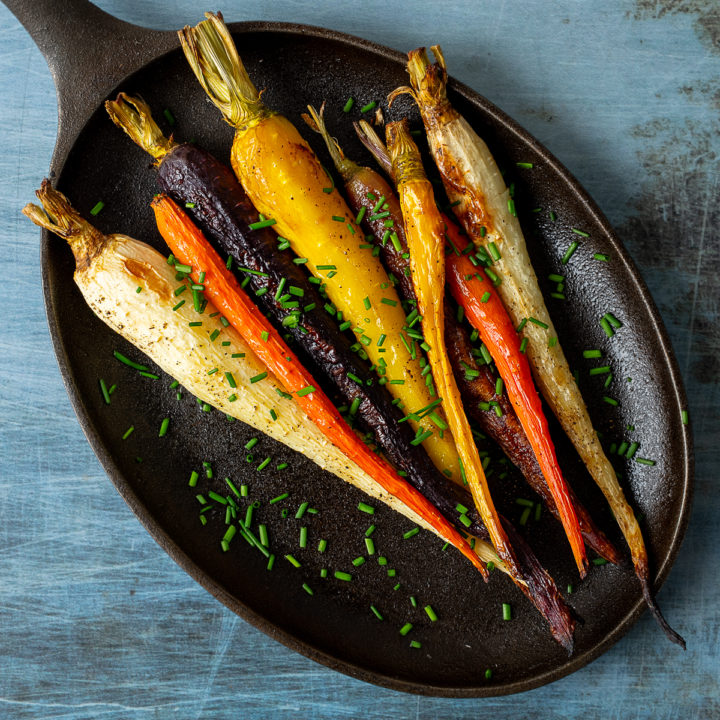
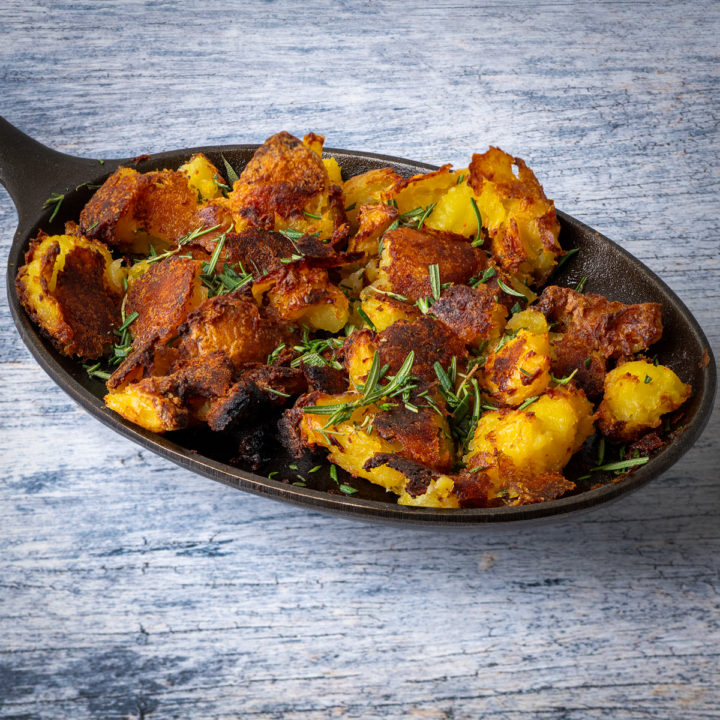
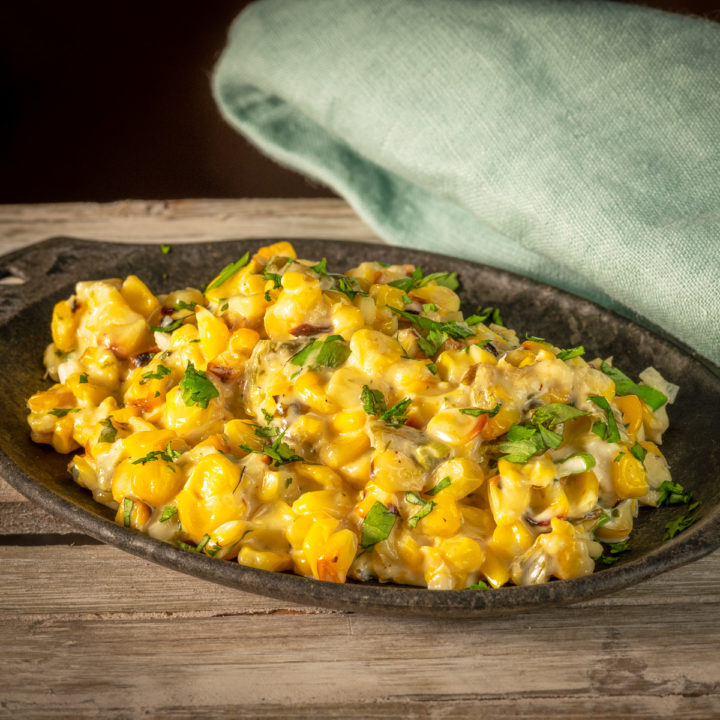



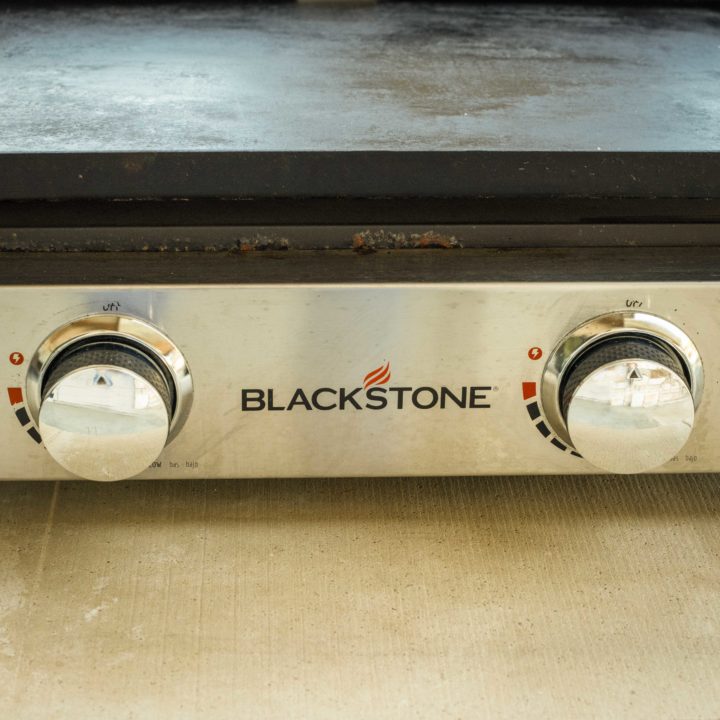
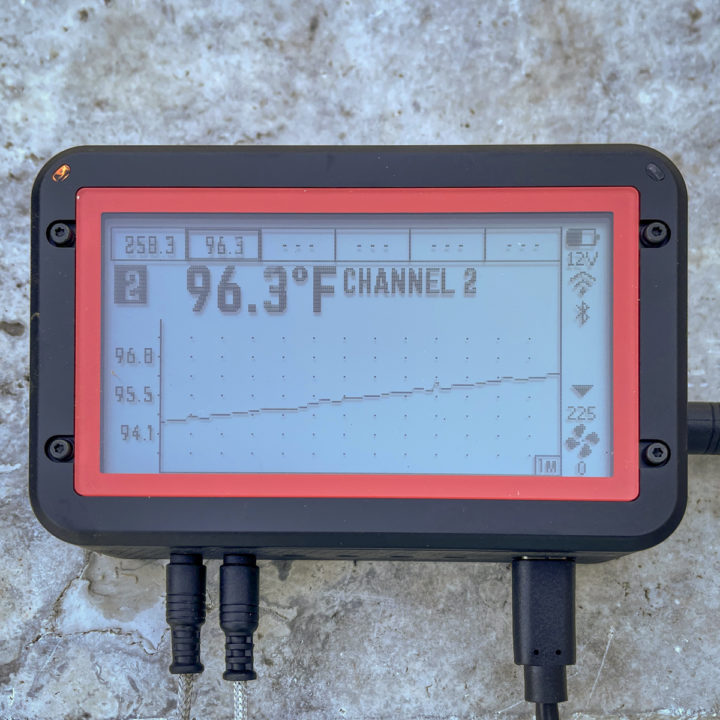
Leave a Reply